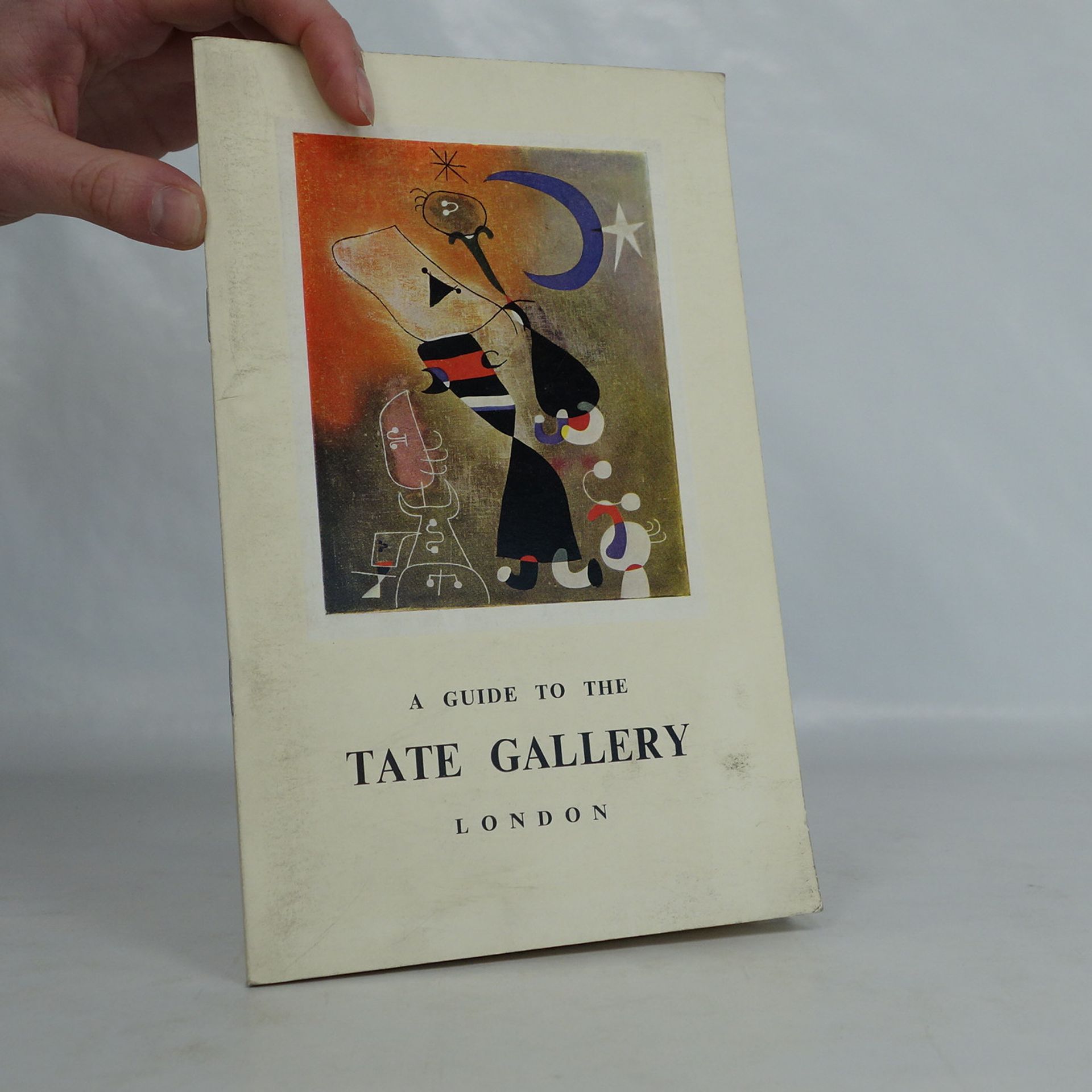Offers a brief history of the museum, and shows examples from its collection of Renaissance and sixteenth- through nineteenth-century European paintings
Potterton Homan Knihy






Julia and Lydia Esdaile live with their widowed father, Willis, at Knockfane, a 'Big House' and farm where generations of the Esdaile family have lived for centuries. Willis Esdaile, obliged to preserve Knockfane for succeeding generations, and acutely conscious of the weight of his inheritance, inexplicably banishes his only son and heir, Edward, to live with the child's maternal grandfather. A series of unforeseen events threatens to sweep Knockfane from the family, and it falls to Julia and Lydia to carry on the Knockfane legacy. This story of an Irish family is also the story of two sisters: bossy, confident, independent Julia, and gentle, caring, reflective Lydia, the younger sister and her father's favorite. Knockfane is an enthralling drama exploring inheritance, heirship and family legacy, set against the backdrop of the Ireland of its time and the conventions, customs, mistrust and suspicions which governed both Protestants and Catholics, as they come to terms with each other's world in a rapidly changing society.
Venetian Seventeenth Century Painting
A Loan Exhibition from Collections in Britain and Ireland, 5 September to 30 November 1979
When Homan Potterton was appointed Director of the National Gallery of Ireland in 1979 at the age of thirty-three, he was the youngest ever Director since the foundation of the Gallery in 1854.00Who Do I Think I Am? is the sequel to the author?s best-selling childhood memoir Rathcormick: A Childhood Recalled. Written in a witty and amusing style, Homan Potterton regales the reader with tales of student days at Trinity, Dublin, summer jobs in London, carefree travel in Europe, and his unexpected journey to the director?s office of the National Gallery of Ireland, after his first museum job in the National Gallery, London.00With a keen interest in people, an observant eye and a spry humour, Potterton describes the many characters and leading lights of Dublin and London society that he encountered during his rich and varied career, including Anthony Blunt, Michael Levey, Denis Mahon, Derek Hill, James White, Desmond Guinness and Charles Haughey. Befriending Sir Alfred and Clementine Beit, he helped secure the famous Beit Collection for the Irish nation, and, in a dramatic episode, describes how he worked with Gardaí to recover the Beit paintings stolen from Russborough House by Martin Cahill in 1986.00In a shock resignation, Potterton left the National Gallery of Ireland after only eight years. Thirty years on, Who Do I Think I Am? is his charming and candid memoir; a beautifully rendered, acutely descriptive impression of the art worlds of Dublin and London in the years 1970?1990
Set in 1950s rural Ireland, Rathcormick is the engaging and beautifully written tale of a large and happy Protestant farming family: a stern and domineering Papa, a warm and practical Mama, their two daughters and six sons. For Homan, the youngest, life is a free-spirited awakening in a world of old-fashioned virtue and frugality. But no boyhood lasts forever, and an abrupt turn of events signals an end to the idyll. Exploring the values and mores of an almost lost part of Irish society Rathcormick is an unforgettable memoir: funny, compelling and original.